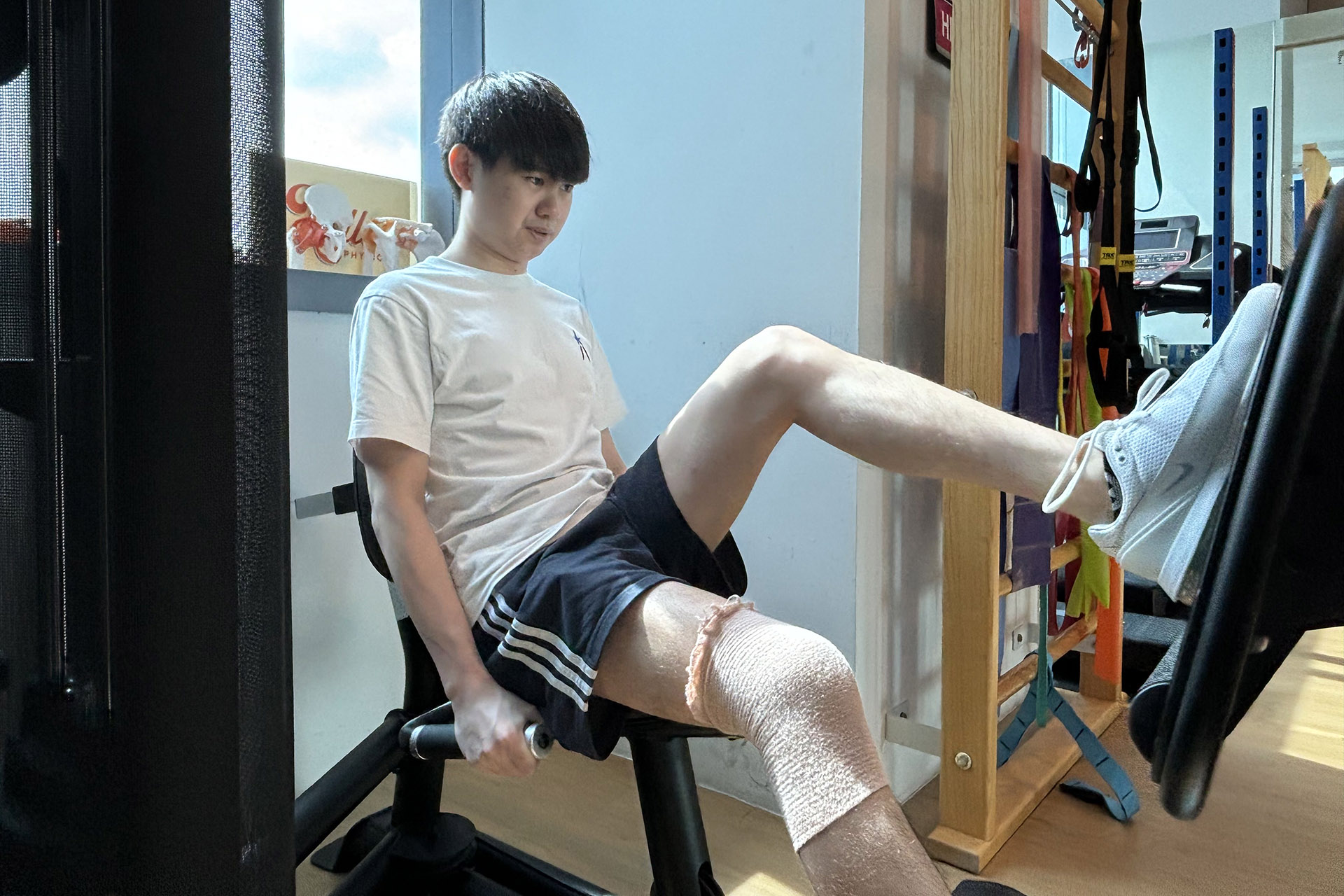When you’re in the midst of your daily routine — jogging in East Coast Park or walking up a hill in Fort Canning — the last thing you expect is your kneecap to suddenly pop out of place. Unfortunately, a patellar dislocation can happen whether you expect it or not, turning a normal day into a medical emergency.
Patellar dislocations occur when the kneecap (patella) slides out of its normal position in the groove at the end of the thigh bone (femur). This condition can be both painful and alarming, often leaving individuals wondering about the long-term implications for their mobility and quality of life.
Understanding Patellar Dislocations
The mechanism of injury for patellar dislocations typically involves a sudden change in direction combined with a slightly bent knee. This can happen during sports activities but also during everyday movements, especially in individuals with certain anatomical predispositions.
Patellar dislocation causes can be broadly categorised into traumatic and atraumatic. Traumatic dislocations result from a direct blow or a forceful twist of the knee. On the other hand, atraumatic dislocations are often related to underlying anatomical factors such as shallow trochlear grooves, patella alta (a high-riding kneecap), or ligament laxity.

Patellar dislocation symptoms are hard to miss. Patients often report:
- A popping sensation in the knee
- Severe pain and swelling
- Visible deformity of the knee
- Inability to straighten the leg
- A feeling of the knee giving way or buckling
For many, the kneecap may spontaneously return to its normal position, but this doesn’t mean the condition has been magically fixed. It still needs proper medical attention as the risk of recurrent patellar dislocation is significant, especially in younger, active individuals, making proper treatment and rehabilitation crucial.
The Role of Physiotherapy in Managing Patellar Dislocation
Physiotherapy plays a pivotal role in the recovery process following a patellar dislocation. The primary goals of physiotherapy for this condition are to reduce pain and swelling, restore range of motion, strengthen the surrounding muscles, and improve overall knee stability to prevent future patellar dislocations.
Initially, treatment focuses on protecting the knee and healing the soft tissues. This may involve using a knee brace or splint to immobilise the joint. As healing progresses, your physiotherapist will guide you through a series of exercises designed to help strengthen your quadriceps, enhance your patellar stability, increase your flexibility, and restore your proprioception and balance.
One of the most common concerns for patients is walking after patellar dislocation. While early mobilisation is important, following your physiotherapist’s guidance is important. They will help you gradually increase weight-bearing activities as your knee strengthens and becomes more stable. There’s no one-size-fits-all answer for when you can start walking after a patellar dislocation, but if you follow your physiotherapist’s advice, you can be sure you’ll work towards it safely.
Advanced Therapies for Enhanced Recovery
At HelloPhysio, we complement traditional physiotherapy techniques with advanced therapies to optimise recovery and outcomes for patients with patellar dislocations.
INDIBA® Activ therapy, for instance, uses radiofrequency energy to stimulate cellular activity, promoting faster healing and pain relief. This non-invasive treatment can be particularly beneficial in the early stages of recovery, helping to reduce swelling and improve tissue quality in the knee.
Shockwave Therapy is another innovative treatment that can aid in rehabilitation. By delivering high-energy acoustic waves to the affected area around the knee, it can stimulate blood flow, accelerate tissue repair and reduce pain. This can be especially helpful in addressing persistent pain or dysfunction in the later stages of recovery.

Of course, the cornerstone of any rehabilitation program is a well-designed exercise regimen. Your physiotherapist will prescribe exercises tailored to your specific needs and progress. These may include isometric quadriceps contractions, straight leg raises, hip strengthening exercises, balance and proprioception drills and functional movement patterns.
As you progress, your physiotherapist will increase the intensity of these exercises to make them more challenging. In time, they will begin to mimic the demands of your daily activities and sports to ensure you’re fully prepared for a safe return to your normal routine.
Preventing Recurrent Patellar Dislocations
Patellar dislocation prevention is a key focus of the rehabilitation process. We can significantly reduce the risk of recurrence by addressing the underlying factors that contributed to the initial dislocation. This may involve:
- Continued strengthening of the quadriceps and hip muscles
- Improving flexibility in the hamstrings and calf muscles
- Enhancing overall lower body biomechanics
- Using specialised taping techniques or braces during high-risk activities
For those who experience recurrent patellar dislocations, a more intensive approach may be necessary. This could involve longer-term physiotherapy, the use of specialised braces, or, in some cases, surgical intervention to address structural abnormalities.

Your Path to Recovery Starts Here
Experiencing a patellar dislocation can be challenging and sometimes frightening. However, with the proper care and guidance, most individuals can fully recover and return to normal activities.
At HelloPhysio, we’re committed to providing you with the most advanced and effective treatments. Our team of experienced physiotherapists will work closely with you to develop a personalised treatment plan that addresses your specific needs and goals to address your patellar injury.
Contact HelloPhysio today to schedule a comprehensive assessment and take the first step on your journey to recovery. Together, we’ll get you back to Fort Canning or East Coast Park confidently and without pain.

